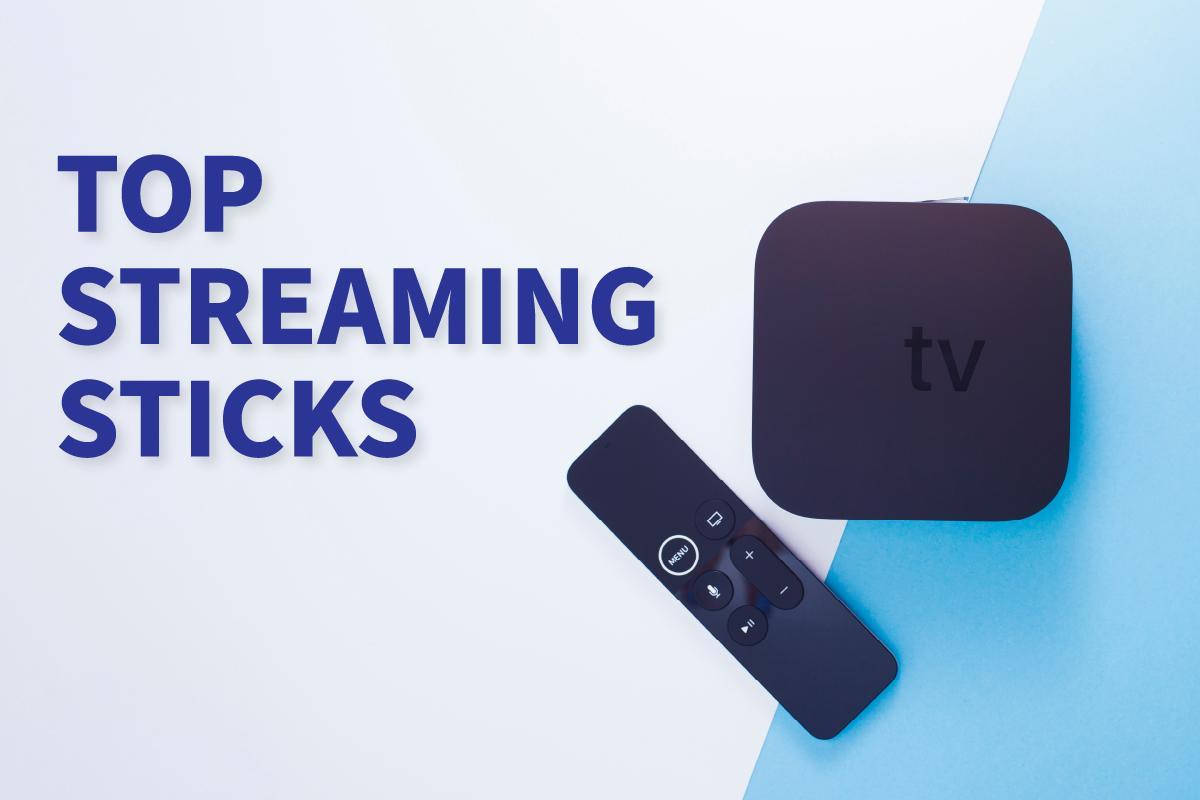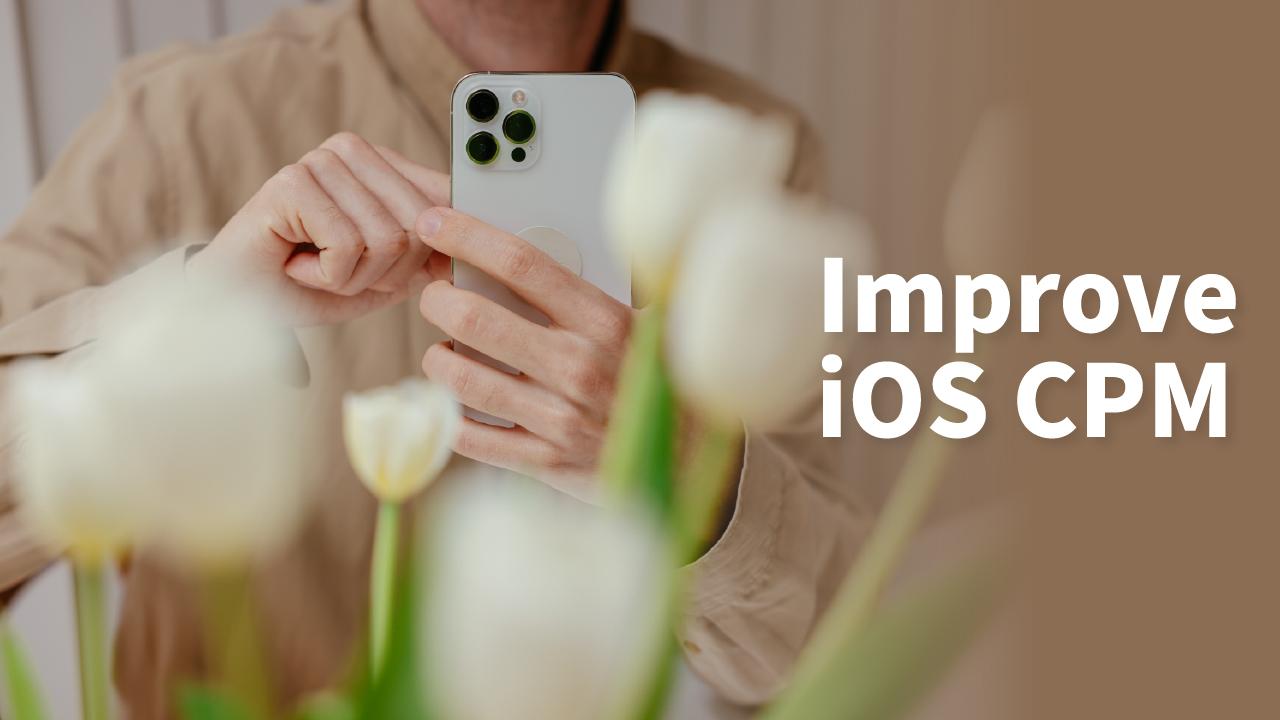Blog
Recent Posts
AV1 Codec Hardware Decode Adoption
Aug 8th, 2024
AV1 hardware-decode adoption on smartphones grew to 9.76% in 2024Q2. This doubles adoption from mid-year in 2023. Most of the growth comes from Apple’s new smartphones released in September of 2023.
Read More
Bluetooth 5 Trends
Aug 8th, 2024
93.76% of smartphones have Bluetooth 5 or above in 2024 Q2. Bluetooth 5 extends battery life, provides greater bandwidth for communication, and allows a greater distance allowed between communicating devices.
Read More
Using Structured User Agent from Real Time Bidding for Device Detection
Feb 20th, 2024
OpenRTB has started using a structured user agent (SUA), essentially passing User-Agent Client Hints parameters. WURFL can use structured user agents for device detection.
Read More
Device Analytics With Hydrolix
Dec 6th, 2023
Hydrolix now offers an integration with ScientiaMobile’s WURFL, the leading real-time device detection solution that can identify more than 100,000 device profiles, giving you full observability into customer devices so you can provide superb user experiences. Perfect for OTT Video Platforms managing a multi-CDN environment.
Read More
What the iPhone 15 means for AV1 Video
Sep 26th, 2023
Apple’s release of the iPhone 15 includes chipset hardware support for AV1 video decode. For the OTT and streaming video industry, this is a huge boost to AV1 video adoption in the long run.
Read More
Top OTT Streaming Sticks
Aug 3rd, 2023
Streaming Sticks have become a popular way for viewers to receive OTT Video. ScientiaMobile breaks down the Smart TV category into 4 categories. Streaming Sticks one of the largest categories in terms of usage. The most used streaming sticks as of 2023Q2 are listed in this blog
Read More
Age of Smartphones
Aug 3rd, 2023
The median age of smartphones remains around 30 months, similar to our analysis in 2017. iPhones users tend to have newer phones than Android users. But iPhones tend to also remain in use longer, indicating their popularity in secondary markets.
Read More
Top Smartphones in Use
Aug 3rd, 2023
iPhone 11 continues as the most popular smartphone in 2023 Q2, with 4.88% globally. This is down slightly from 2023 Q1. The iPhone 13 is in second place with 3.01% globally.
Read More
What is a Smartphone?
Jul 11th, 2023
WURFL has updated its smartphone definition. The 2023 definition makes changes in the minimum operating system version.
Read More
Improve iPhone CPM: Revenue Opportunity
Jun 27th, 2023
Apple iPhone advertising CPM prices are 1/3 of Android. With device detection, you can know exact iPhone models and improve targeting of the large and valuable iPhone market.
Read More














